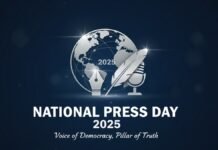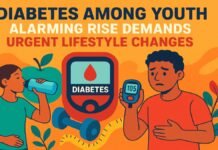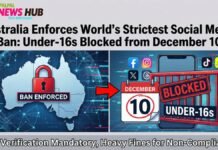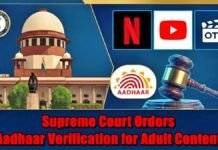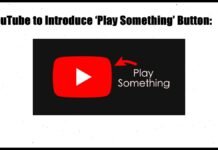
Key Points
- YouTube will enforce stricter monetization rules from July 15, 2025, targeting mass-produced and AI-generated videos.
- Content using only AI voiceovers, stock footage, or pre-existing clips—known as “AI slop”—will be excluded from the YouTube Partner Program (YPP).
- The update aims to protect original creators and improve platform quality, not to penalize reaction or transformative content.
- Sensitive ad category “Bare Skin (Image Only)” will be removed; creators must update their ad settings by August 15.
- YouTube’s move responds to rising concerns about fake, low-quality, and repetitive content flooding the platform.
New Delhi: The explosion of generative AI tools has made it easier than ever to churn out videos using AI voiceovers, stock footage, and recycled clips. These so-called “AI slop” videos often rack up millions of views, but they lack originality and human creativity leading to a deluge of low-quality, spammy content on YouTube.
This trend has not only frustrated viewers but also hurt the income of genuine creators, whose hard work is being drowned out by automated, repetitive uploads.
YouTube’s New Monetization Policy: What’s Changing?
Starting July 15, 2025, YouTube will update its Partner Program (YPP) guidelines to better identify and exclude “mass-produced and repetitious” content from monetization. The new rules specifically target:
- Videos with AI-generated voiceovers and no human presence
- Content built from stock footage or pre-existing clips with minimal original input
- Repetitive formats or large-scale, automated production
- Minimal transformation or creativity in video editing or narrative
Channels relying on such content risk losing access to monetization even if they were previously approved for YPP.
Who Will Be Affected?
- AI-driven “slop” channels: Most at risk, as their content is considered inauthentic and low-effort.
- Reaction and transformative creators: Not affected, as clarified by YouTube’s Head of Editorial & Creator Liaison, Rene Ritchie. The update is a clarification, not a new rule—reaction videos and content with significant commentary or transformation remain eligible for ads.
Why This Matters for Creators
YouTube says the update simply clarifies and strengthens existing policies, reflecting what “inauthentic” content looks like today. Creators who produce high-quality, original videos need not worry, but those relying on automation or bulk uploads must adapt their strategies or risk demonetization.
Changes to Ad Categories: What’s New?
Alongside the YPP update, YouTube will remove the sensitive ad category “Bare Skin (Image Only)” from July 15. Creators using this setting must update their ad controls by August 15, switching to more accurate tags like “Reference to Sex” for better ad targeting and platform safety.
Table: What Counts as “AI Slop” Under the New Rules
| Content Type | Monetization Status After July 15, 2025 |
|---|---|
| Fully AI-animated or deepfake videos | Not Eligible |
| AI-generated voiceovers only | Not Eligible |
| Stock footage with no original input | Not Eligible |
| Reaction/transformative content | Eligible (if original) |
| Human-narrated, creative videos | Eligible |
Why Is YouTube Doing This?
- Platform Quality: To curb the flood of low-quality, repetitive, and misleading videos.
- Protecting Creators: To ensure that genuine, creative work is rewarded, not drowned out by automated spam.
- Advertiser Trust: To maintain brand safety and viewer trust in YouTube’s ad ecosystem.
What Should Creators Do Now?
- Review content: Remove or update videos that may be flagged as mass-produced or inauthentic.
- Prioritize originality: Focus on unique commentary, human narration, and creative editing.
- Update ad settings: If using the “Bare Skin (Image Only)” ad category, switch to new tags by August 15.
- Stay informed: Monitor YouTube’s official channels for further clarifications as enforcement begins.
YouTube’s July 2025 update marks a major shift towards authenticity and creativity. While it may disrupt some creators, it promises a fairer, higher-quality platform for both viewers and hardworking content producers.
































